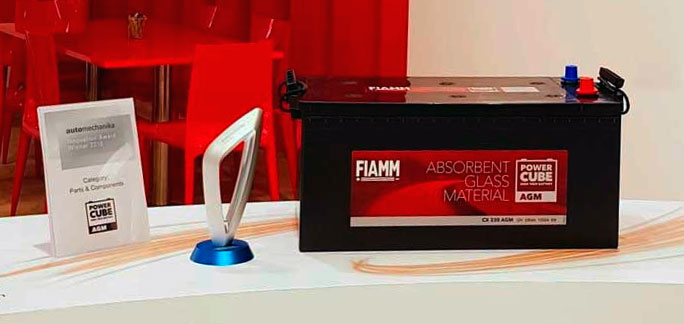Charging AGM Batteries: Tips and Tricks
Posted on Sep 10, 2021 in Music Events

I’m not sure if you’ve noticed, but battery technology has come a long way. Modern batteries are made up of many different materials, and they charge higher voltages than their predecessors.
This is great for all the devices we use daily; however, charging them takes longer too. So sooner or later, your AGM batteries will lose some of their power and need to be charged again. Here are some tips and tricks on how to do this effectively while avoiding any potential mishaps!
How do I charge my AGM battery?
The AGM battery has been around for a long time and has been used in many different applications. Is it possible to charge them with a regular car charger? Yes, but there are some things you need to know before you go charging ahead. We have compiled a list of tips and tricks below that will help ensure your AGM batteries stay charged longer.
It’s important when charging an AGM battery not to let the voltage drop too low or they can become irreversibly damaged. It might be tempting to use a regular car charger since they’re easy enough to find, but this goes against manufacturer recommendations, so we advise against it. In addition, car chargers often have high currents, leading to overcharging problems that shorten the life span.

How long to charge AGM battery?
The question of how long to charge AGM battery is one that many people ask. The best way to answer this question is by understanding the chemistry behind what happens when you’re charging a battery. As it turns out, for a battery to be charged, enough electrical energy must be inputted for the chemical reaction in the cells of the batteries to take place and generate power.
With AGM batteries, there are two types of electrodes: lead-acid and absorbent glass mat (AGM). When you charge your AGM battery with its charger, both electrodes work together using electrolytes that allow current flow between them via an exchange process called electrochemical oxidation or reduction. This process occurs when electrons are transferred from one electrode.
AGM stands for Absorbed Glass Mat, and they are different from normal lead-acid batteries in that they don’t need water added periodically since there’s no liquid inside them. This means that once the battery has been sealed up with all its components inside, it can be charged at any time without worrying about corrosion issues. Of course, the charger should be set up according to the manufacturer’s specifications for charging times and voltage levels, etc., which will vary depending on the model type and capacity of the battery being charged.
Are you looking for the best way to charge AGM batteries? You might be interested in what we have to say. We’ve put together a comprehensive guide on charging and maintaining your AGM battery, with some tips and tricks that you might not know about.
It’s also important to note that there are different types of chargers available – from those with a three-stage process (charging, topping up, maintenance) recommended for most 12v applications and those that use pulse technology or automatic multi-stages. In addition, the type of charger may depend on how often the vehicle will be used if it is an occasional car or boat, for example, a simpler charger would do the job perfectly.
Do AGM batteries need special charging?
This is a question many people have been asking lately, and it’s a good one. As a general rule, AGM batteries don’t need special charging because they’re already being charged when you use them through your vehicle’s alternator or by plugging into an outlet. You might only want to charge them if they’ve been sitting for more than three months without being used. This will help make sure they are ready for use should the need arise! What do you think? Is this something you were wondering about too? If so, let us know in the comments below! We love hearing from our readers.


 Jazz has much to teach us, and to teach our young people. That’s why The Dakota Foundation for Jazz Education exists. Our organization was founded in 1997 with the purpose of introducing young people to jazz and helping them understand – and care about – what they are hearing. We want to help young people use jazz for self-expression and communication, and to experience the sheer pleasure that comes from responding to its challenges. The Dakota Foundation for Jazz Education promotes jazz and jazz appreciation through education, funding development and partnerships.
Jazz has much to teach us, and to teach our young people. That’s why The Dakota Foundation for Jazz Education exists. Our organization was founded in 1997 with the purpose of introducing young people to jazz and helping them understand – and care about – what they are hearing. We want to help young people use jazz for self-expression and communication, and to experience the sheer pleasure that comes from responding to its challenges. The Dakota Foundation for Jazz Education promotes jazz and jazz appreciation through education, funding development and partnerships. 